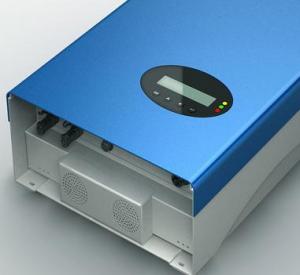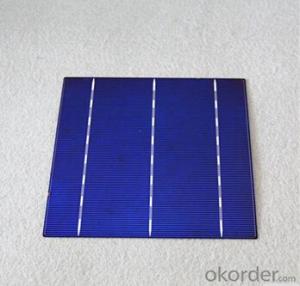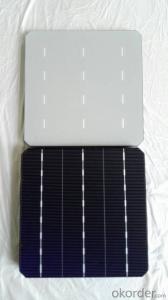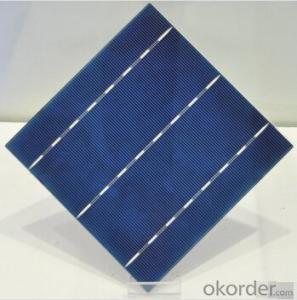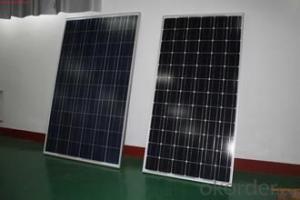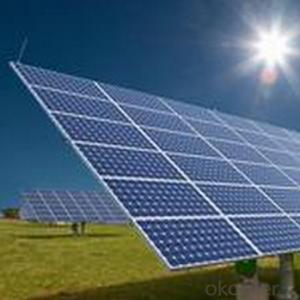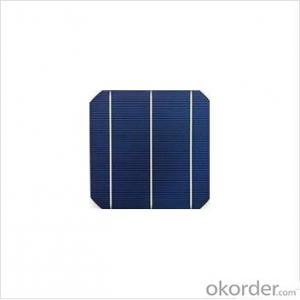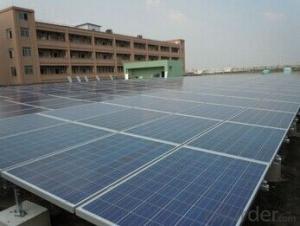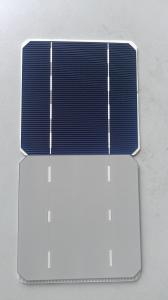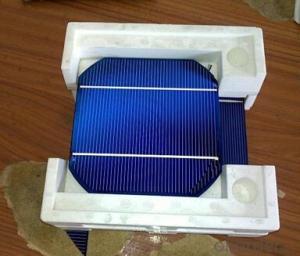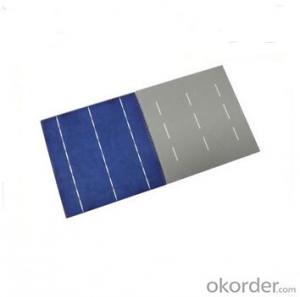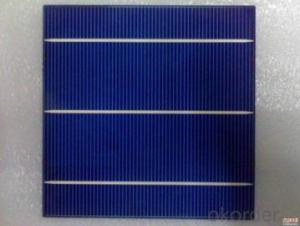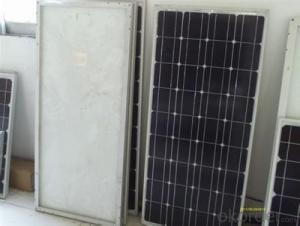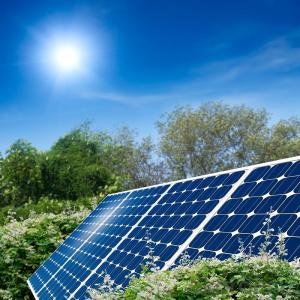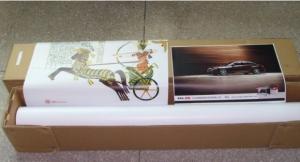Csiro Printed Solar Cells
Csiro Printed Solar Cells Related Searches
Printed Solar Cells Screen Printed Solar Cells Printable Solar Cells Printed Organic Solar Cells Organic Printed Solar Cells Printable Organic Solar Cells 3d Printed Solar Cells Printed Solar Cells Technology Screen Printing Solar Cells Printed Solar Cells For Sale Printed Solar Cells Efficiency Cztsse Solar Cells Printing Solar Cells At Home Cigse Solar Cells C Si Solar Cells Cis Cigs Solar Cells Cesi Solar Cells Chipped Solar Cells Aiko Solar Cells Nano Solar Cells Cdte Solar Cells Chinese Solar Cells Crystalline Solar Cells 3d Solar Cells Cdte Thin Film Solar Cells Czts Thin Film Solar Cells Home Built Solar Cells Compact Solar Cells Folding Solar Cells Cis Solar ModuleCsiro Printed Solar Cells Supplier & Manufacturer from China
CSIRO Printed Solar Cells are a cutting-edge technology that utilizes advanced printing techniques to produce high-efficiency solar cells. These cells are known for their flexibility, lightweight, and cost-effectiveness, making them suitable for a wide range of applications. They can be integrated into various surfaces, such as rooftops, windows, and even portable devices, providing a sustainable and eco-friendly source of energy.The versatility of CSIRO Printed Solar Cells makes them ideal for both residential and commercial use. They can be easily installed on existing structures without the need for extensive modifications, making them a popular choice for those looking to harness solar energy in an efficient and aesthetically pleasing manner. Additionally, their lightweight nature allows for easy transportation and installation, reducing the overall cost and time required for solar energy projects.
Okorder.com is a reputable wholesale supplier of CSIRO Printed Solar Cells, boasting a large inventory to cater to the growing demand for this innovative product. As a trusted source for solar energy solutions, Okorder.com ensures that customers receive high-quality products at competitive prices, backed by exceptional customer service and support. By partnering with Okorder.com, businesses and individuals can access the latest in solar cell technology, enabling them to make the transition to clean, renewable energy more accessible and affordable.
Hot Products
